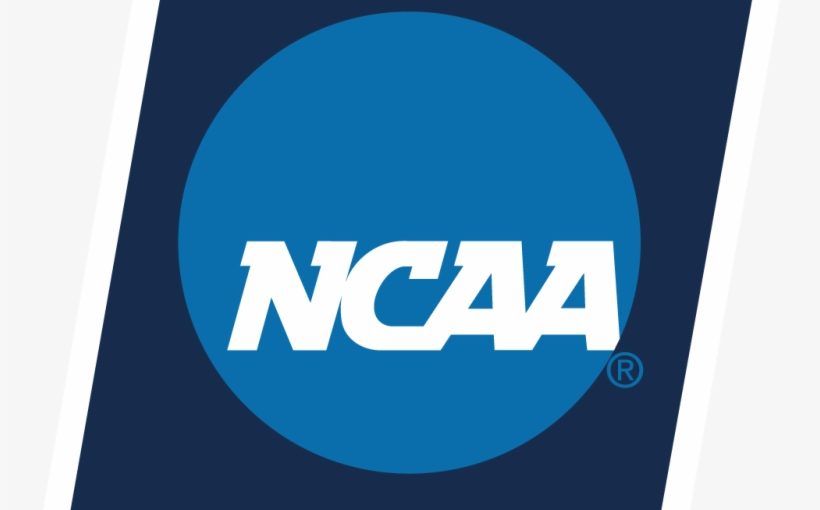Feb 18, 2021NCAA Survey: Mental Health, More Impacted by Pandemic
As a follow-up to the NCAA Student-Athlete COVID-19 Well-Being Survey conducted in spring 2020, a similar survey conducted in the fall showed student-athletes continue to face heightened mental health concerns and barriers to sport participation.
It also found a majority of student-athletes returning to their college towns and regaining some form of in-person interactions with teammates and coaching staff. While some mental health concerns declined from spring levels, new challenges in terms of career planning and graduation timing were identified.
 The Association-wide survey, which took place Oct. 6-Nov. 2, had responses from nearly 25,000 student-athletes. It was designed by NCAA research in collaboration with the NCAA Sport Science Institute and the NCAA Division I, II, and III Student-Athlete Advisory Committees.
The Association-wide survey, which took place Oct. 6-Nov. 2, had responses from nearly 25,000 student-athletes. It was designed by NCAA research in collaboration with the NCAA Sport Science Institute and the NCAA Division I, II, and III Student-Athlete Advisory Committees.
The survey showed academic experiences and mental well-being were related to student-athletes’ ability to return to campus and take in-person classes in the fall 2020 academic term.
Over 60% of the Division II and Division III respondents reported that they took a hybrid of in-person and virtual classes, while 56% of the Division I respondents said their classes were conducted in a hybrid format.
Only 3% of Division I student-athletes reported taking all in-person classes this fall, and 11% of Division II and Division III student-athletes said all their classes were conducted in person.
Mental Health
As in the spring, elevated rates of mental exhaustion, anxiety, hopelessness, and feelings of being depressed were reported in the fall survey. Mental health concerns remained highest among demographic subgroups typically displaying higher rates of mental distress (women, student-athletes of color, those on the queer spectrum, those living alone or away from campus, and those reporting family economic hardship).
Student-athletes in their senior year and those attending classes fully virtually displayed heightened mental health concerns in the fall, as well. In most instances, the rates of reported mental health concerns experienced within the last month were 1.5 to two times higher than have been historically reported by NCAA student-athletes in pre-pandemic studies.
Respondents noted academic worries (43%), lack of access to sport (33%), COVID-19 health concerns (31%), and financial worries (24%) as the top factors negatively impacting their mental health. Many student-athletes of color cited personal experiences of racism or racial trauma within the last month as negatively impacting their mental health, with levels of endorsement from Black student-athletes more than twice that of other athletes of color (31% and 13%, respectively).
Campus Living
Nearly 90% of student-athletes surveyed across the three divisions reported living on campus or in their college community, and 60% reported attending a blend of virtual and in-person classes in the fall.
Living arrangements for student-athletes were drastically different than those reported in the spring. Nearly 80% of respondents were living away from campus with parents, family, or a significant other at the time of the spring survey (April 2020), and nearly all student-athletes had moved to online-only education.
Knowing how to access physical and mental health care increased in the fall, while perceptions of food security and confidence in managing exposure to COVID-19 decreased from spring levels.
Barriers to Athletics Training
With many student-athletes returning to campus and local restrictions on facility use lifted, reported barriers to training were fewer in the fall.
Slightly more than 80% of student-athletes across divisions reported they were training with their team to some degree at the time of the survey. However, the pandemic continued to result in notable training challenges, with more than 40% of student-athletes citing local regulations and a quarter citing lack of access to appropriate facilities and equipment as barriers to their fall training.
COVID-19 testing and precautions
Division I student-athletes reported being tested for COVID-19 more frequently than those in Divisions II and III.
Ninety-four percent of Division I respondents reported being tested, with 14% having tested positive for the virus at some point.
In Division II, 82% reported taking a COVID-19 test, with 15% testing positive, while 74% of the Division III respondents said they took a test, with 8% testing positive at some point.
Since the start of the fall 2020 term, 37% of student-athletes reported having had to isolate or quarantine due to COVID-related symptoms, exposure, or campus outbreak.
As compared with white student-athletes, Black and Latinx student-athletes were about twice as likely to report someone close to them being hospitalized or dying as a result of COVID-19.
Impact of COVID-19 on academics
Fewer student-athletes indicated feeling positive about their ability to keep up with and pass their fall courses as compared with the spring. Decreases were most notable among women (down 6 percentage points in both items).
» ALSO SEE: Focus on Fat Loss, Not Weight Loss
Student-athletes attending classes virtually in the fall were less likely to feel positive about their ability to keep up with and pass their classes.
Impact of COVID-19 on graduating and career planning
The COVID-19 pandemic has led to modified graduation timelines and negatively impacted the career planning of seniors.
Among seniors, 18% of men and 12% of women indicated they expect a delayed graduation date, and nearly half of all seniors reported losing or opting out of a job or internship as a result of the pandemic.
In terms of future career plans, 62% of seniors felt the pandemic negatively impacted their career planning.
To read the full slideshow breakdown of the NCAA Student-Athlete Well-Being survey, click here.


